Treasures Hidden in Impact Craters
A newly published scientific study is opening up great prospects for the extraterrestrial resource mining industry, when discovering thousands of impact craters on the surface of the Moon that may contain huge amounts of precious metals, with a total estimated value exceeding 1,000 billion USD.
According to results published in the journal Planetary and Space Science , about 6,500 impact craters were identified to contain platinum-group metals and many other rare elements, with concentrations large enough to be commercially exploited in the future.
This discovery further reinforces the view that the Moon is not only a "transit station" in space missions, but also a huge resource store waiting to be exploited.
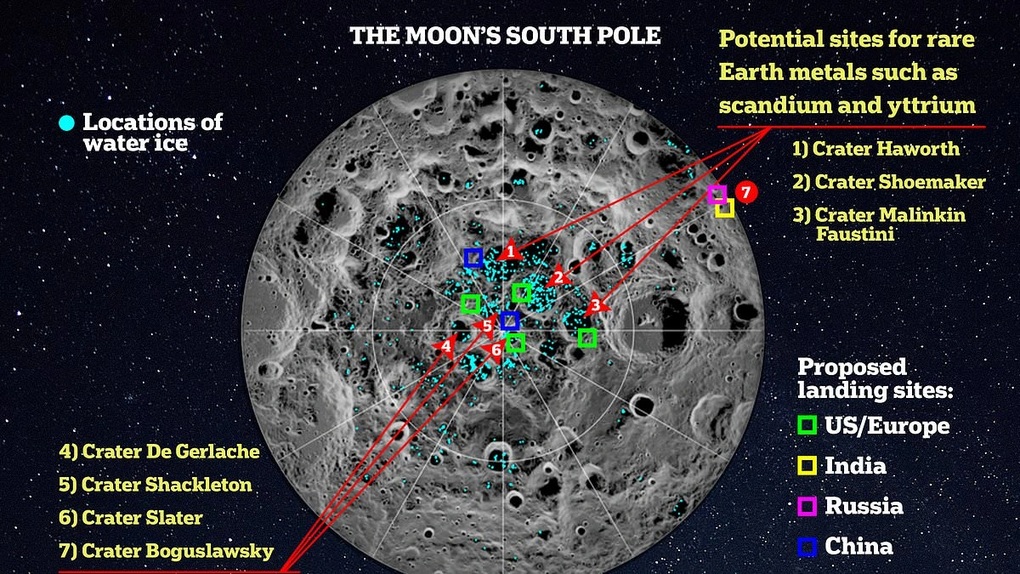
$1 trillion treasure on the moon (Photo: Getty).
The research team was led by astronomer Jayanth Chennamangalam, who applied advanced probabilistic methods to assess the potential for resource extraction from the lunar surface.
Instead of focusing on intact asteroids in deep space, his team took a novel approach: studying asteroids that had collided with the Moon during the billions of years of the Solar System's formation.
The approach builds on a 2014 model by astronomer Martin Elvis that was used to estimate the amount of precious metals in near-Earth asteroids.
However, instead of pursuing floating and unstable objects, the Chennamangalam team chose to study the remaining impact traces including large craters on the Moon, which may hold valuable minerals.
By analyzing many factors such as: impact crater diameter, asteroid composition, velocity and impact angle, the research team determined the possibility that the precious metal is still concentrated in layers near the surface, instead of being buried deep under inaccessible geological layers.
The results showed that for holes with a diameter of 1 km or more, the reserves of platinum-group metals are sufficient for commercial mining. In particular, some holes also show signs of containing water in the form of hydrated minerals. This is an important factor for sustaining life and producing fuel for future space missions.
Even when only considering craters with diameters of 5 km or more, the team still found that the mining potential is significant. Estimates suggest that the total amount of precious metals in lunar impact craters could be 10 to 100 times the amount of ore found in near-Earth asteroids, according to the 2014 model.
One notable advantage is that the Moon has a distinct advantage in accessibility. Unlike small, floating, fast-moving asteroids, the Moon is a stationary celestial body with no atmosphere and little movement, which minimizes the risk for landing and mining missions.
With the total value of precious metals estimated to exceed 1,000 billion USD, this research not only opens up new hope for the extraterrestrial mining industry, but can also attract the interest of space technology corporations pursuing the ambition of conquering and exploiting the Moon.
A new game for astronomy
With space programs like Artemis (USA), Chang'e (China), and ambitious plans by private companies like SpaceX and Blue Origin to bring humans back to the Moon, the prospect of a future "space gold rush" is no longer far-fetched.
Not only does it bring huge economic value, the new discovery also contributes to changing the approach of modern astronomy. New Scientist magazine commented that astronomy has long served mainly the goal of discovering pure knowledge, with very few practical applications and largely dependent on public funding.
However, if space resources can be exploited to generate profits, private businesses will have a stronger incentive to invest in this field.
Still, the path to turning the Moon's vast mineral reserves into a truly exploitable asset is fraught with hurdles.
Technical challenges such as developing robots capable of deep drilling and technologies for extracting and transporting resources from the Moon to Earth are still being researched and perfected.
Source: https://dantri.com.vn/khoa-hoc/phat-hien-khoa-bau-1000-ty-usd-an-minh-tren-mat-trang-20250609070102138.htm



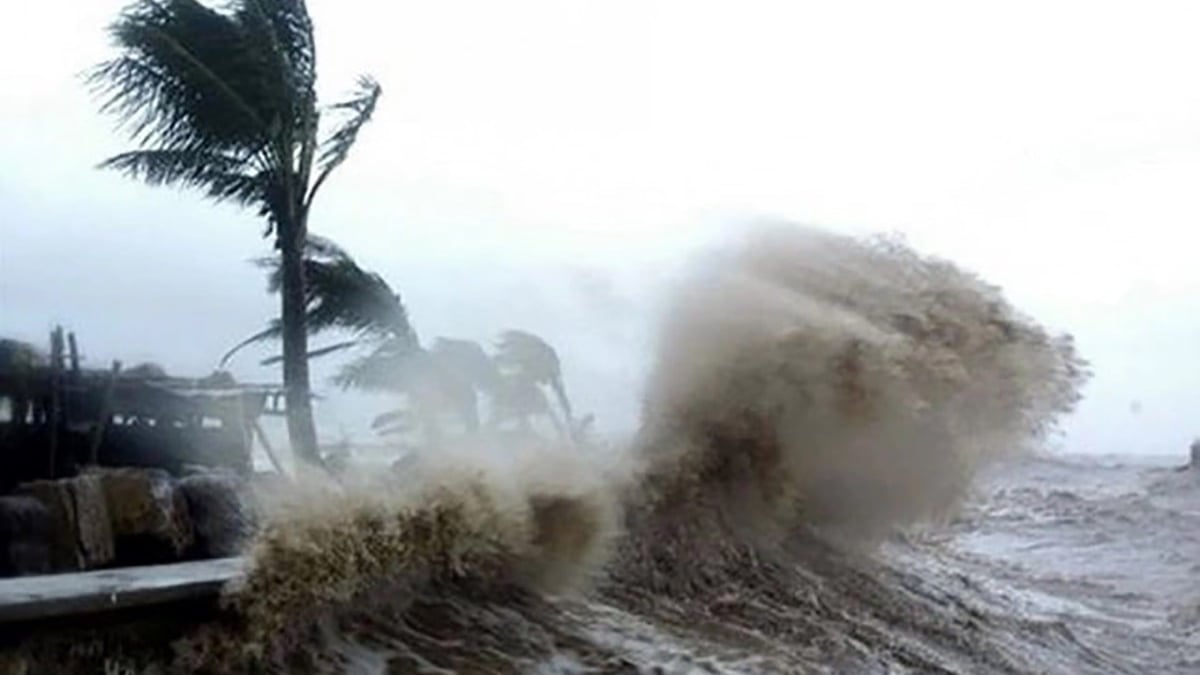
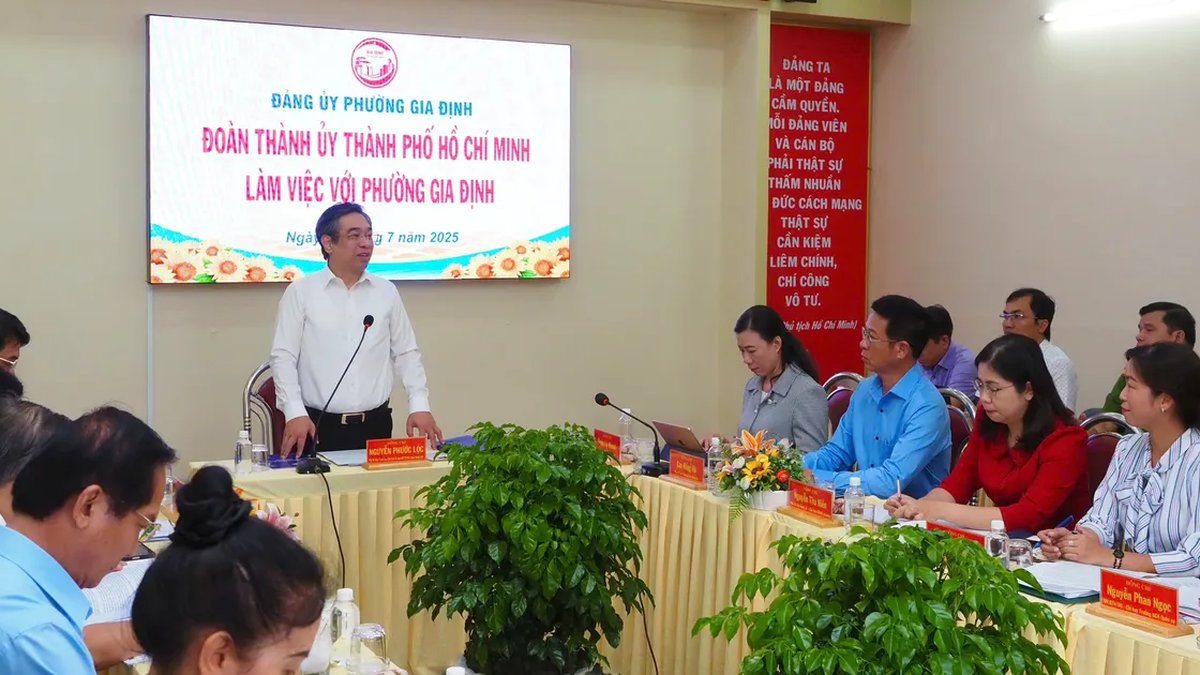


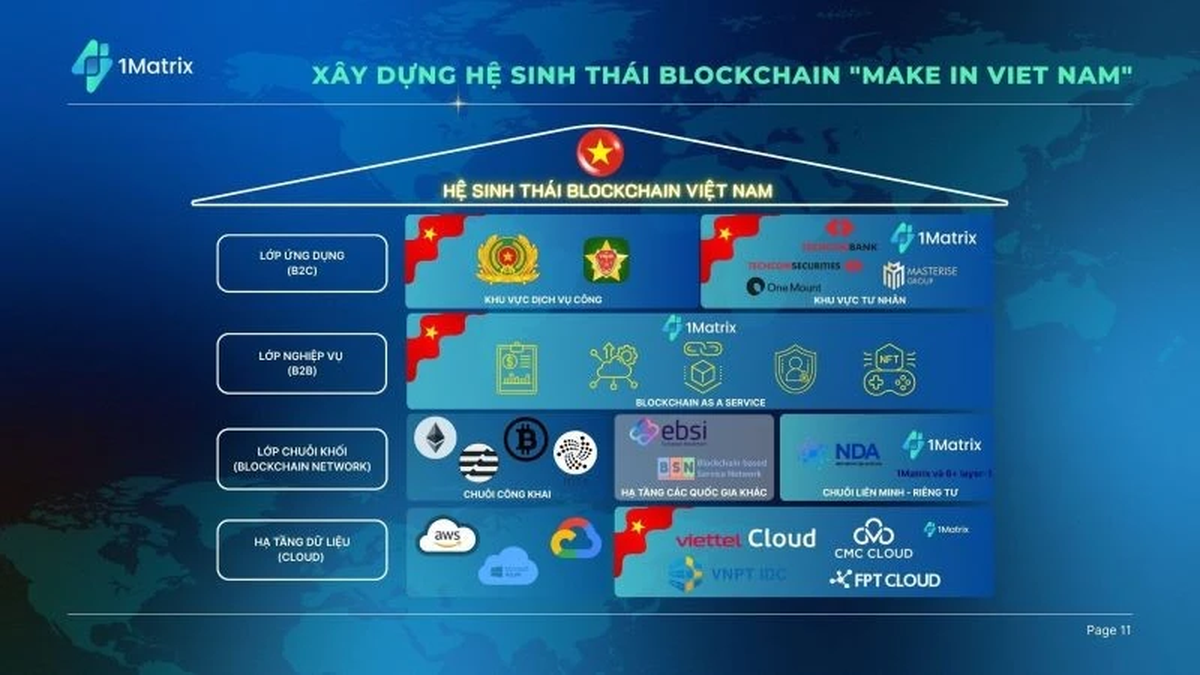
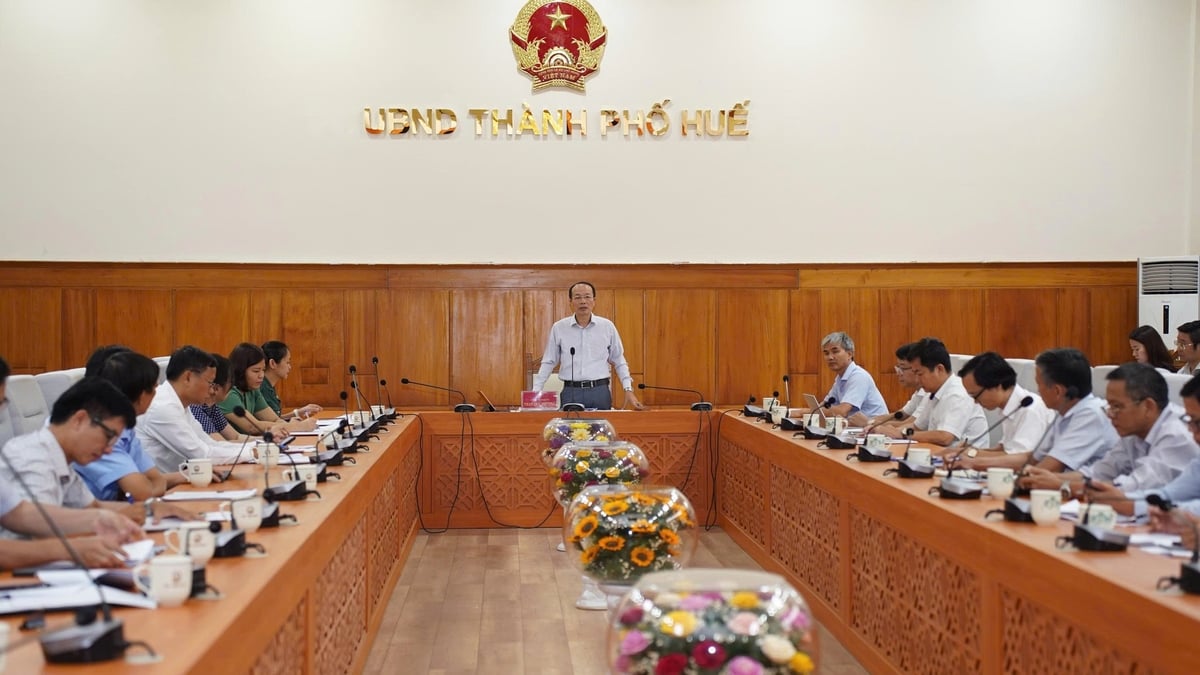
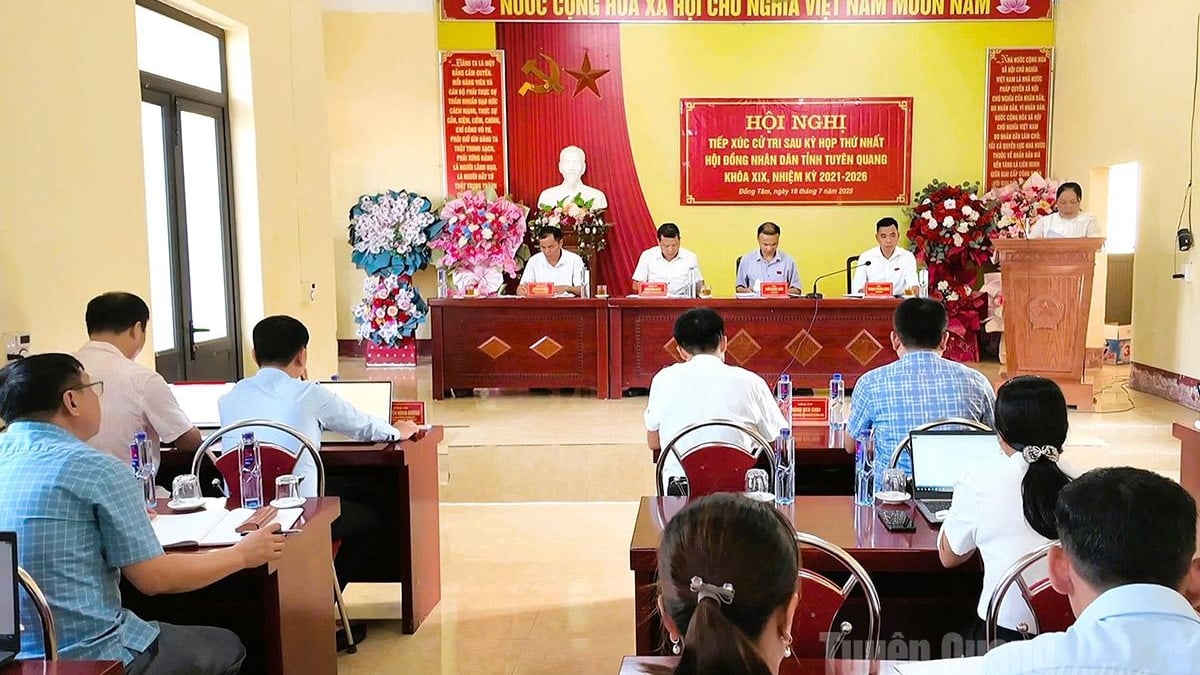
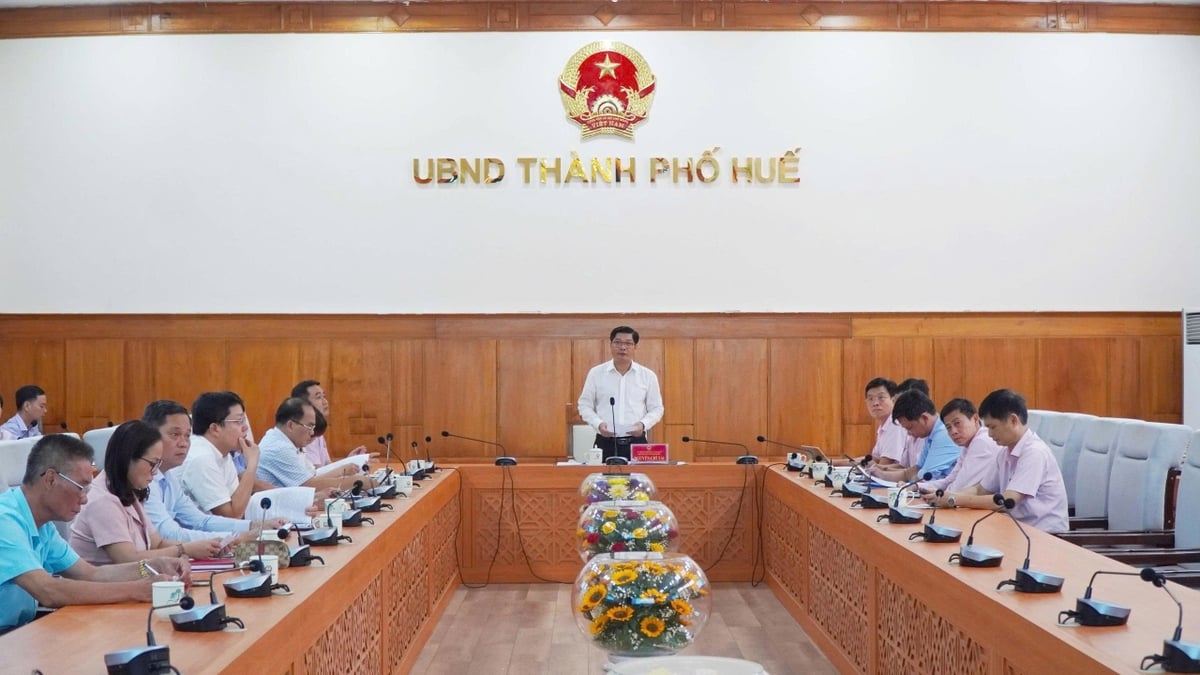
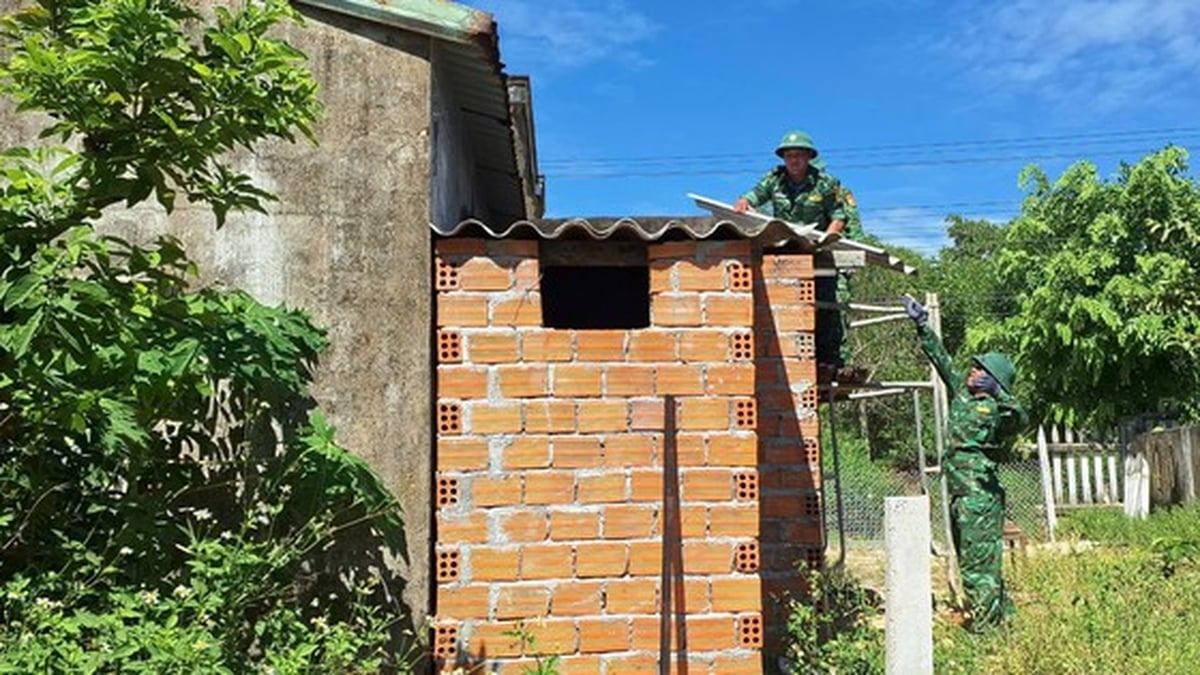
































































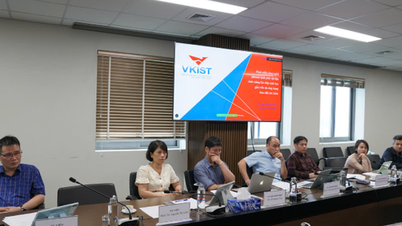
















![[Infographic] In 2025, 47 products will achieve national OCOP](https://vphoto.vietnam.vn/thumb/402x226/vietnam/resource/IMAGE/2025/7/16/5d672398b0744db3ab920e05db8e5b7d)





Comment (0)